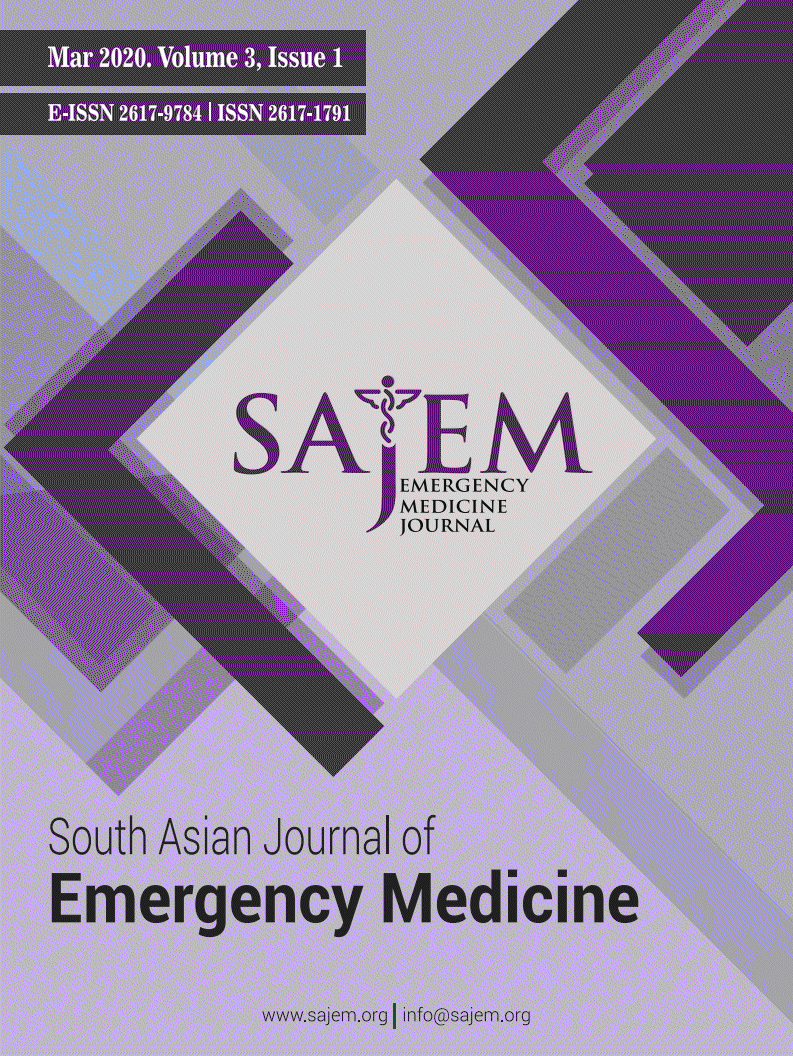
| Case Report Online Published: 02 Sep 2022 | ||
SAJEM. 2021; 4(2): 48-50 doi: 10.5455/sajem.040211 | ||
| How to Cite this Article |
| Pubmed Style Aftab U, Azizi K, Ismail M. Dengue fever leading to unilateral panophthalmitis resulting in corneal perforation. SAJEM. 2021; 4(2): 48-50. doi:10.5455/sajem.040211 Web Style Aftab U, Azizi K, Ismail M. Dengue fever leading to unilateral panophthalmitis resulting in corneal perforation. https://www.sajem.org/?mno=93687 [Access: July 12, 2025]. doi:10.5455/sajem.040211 AMA (American Medical Association) Style Aftab U, Azizi K, Ismail M. Dengue fever leading to unilateral panophthalmitis resulting in corneal perforation. SAJEM. 2021; 4(2): 48-50. doi:10.5455/sajem.040211 Vancouver/ICMJE Style Aftab U, Azizi K, Ismail M. Dengue fever leading to unilateral panophthalmitis resulting in corneal perforation. SAJEM. (2021), [cited July 12, 2025]; 4(2): 48-50. doi:10.5455/sajem.040211 Harvard Style Aftab, U., Azizi, . K. & Ismail, . M. (2021) Dengue fever leading to unilateral panophthalmitis resulting in corneal perforation. SAJEM, 4 (2), 48-50. doi:10.5455/sajem.040211 Turabian Style Aftab, Umaira, Kiran Azizi, and Madiha Ismail. 2021. Dengue fever leading to unilateral panophthalmitis resulting in corneal perforation. South Asian Journal of Emergency Medicine, 4 (2), 48-50. doi:10.5455/sajem.040211 Chicago Style Aftab, Umaira, Kiran Azizi, and Madiha Ismail. "Dengue fever leading to unilateral panophthalmitis resulting in corneal perforation." South Asian Journal of Emergency Medicine 4 (2021), 48-50. doi:10.5455/sajem.040211 MLA (The Modern Language Association) Style Aftab, Umaira, Kiran Azizi, and Madiha Ismail. "Dengue fever leading to unilateral panophthalmitis resulting in corneal perforation." South Asian Journal of Emergency Medicine 4.2 (2021), 48-50. Print. doi:10.5455/sajem.040211 APA (American Psychological Association) Style Aftab, U., Azizi, . K. & Ismail, . M. (2021) Dengue fever leading to unilateral panophthalmitis resulting in corneal perforation. South Asian Journal of Emergency Medicine, 4 (2), 48-50. doi:10.5455/sajem.040211 |







